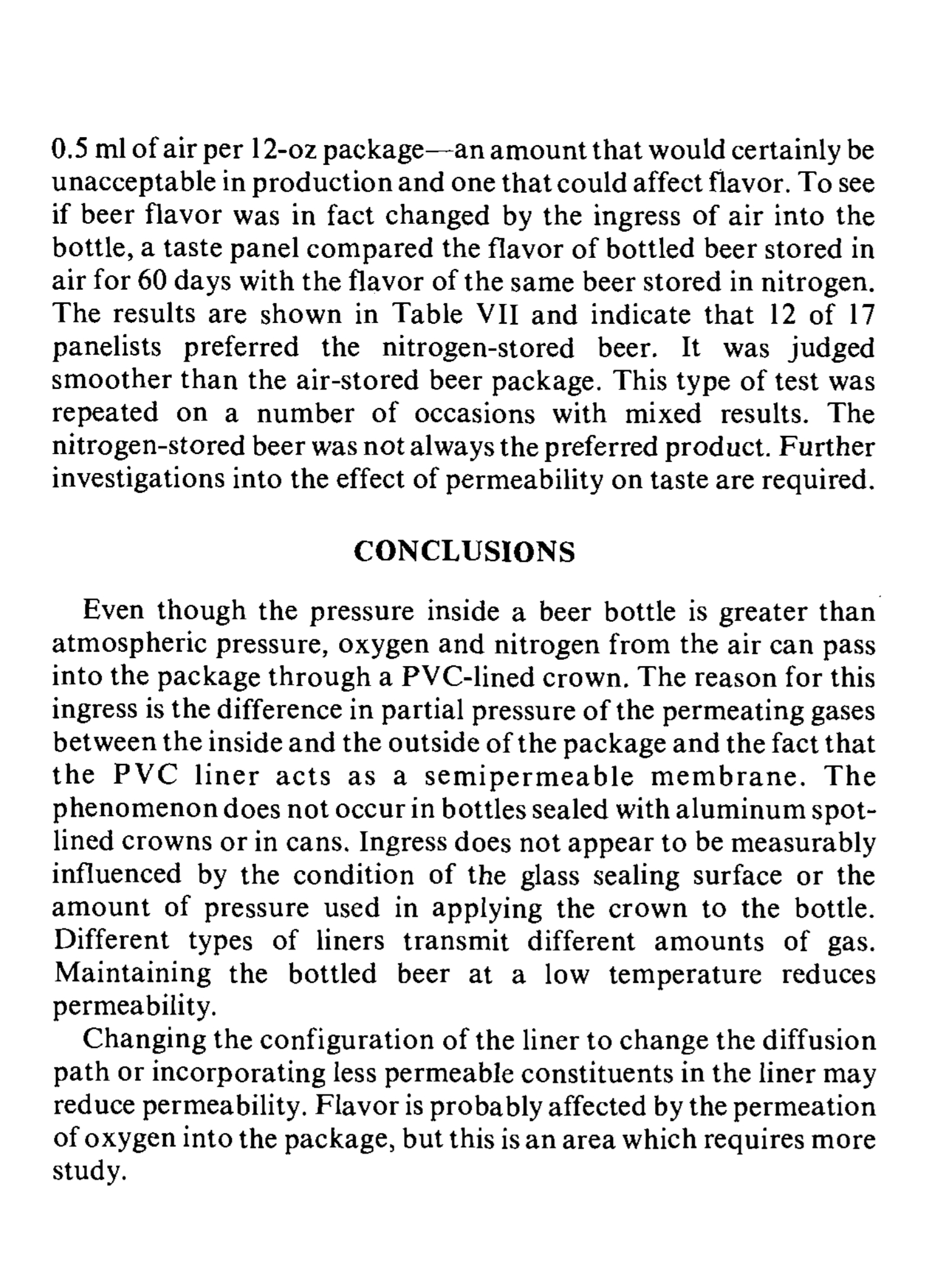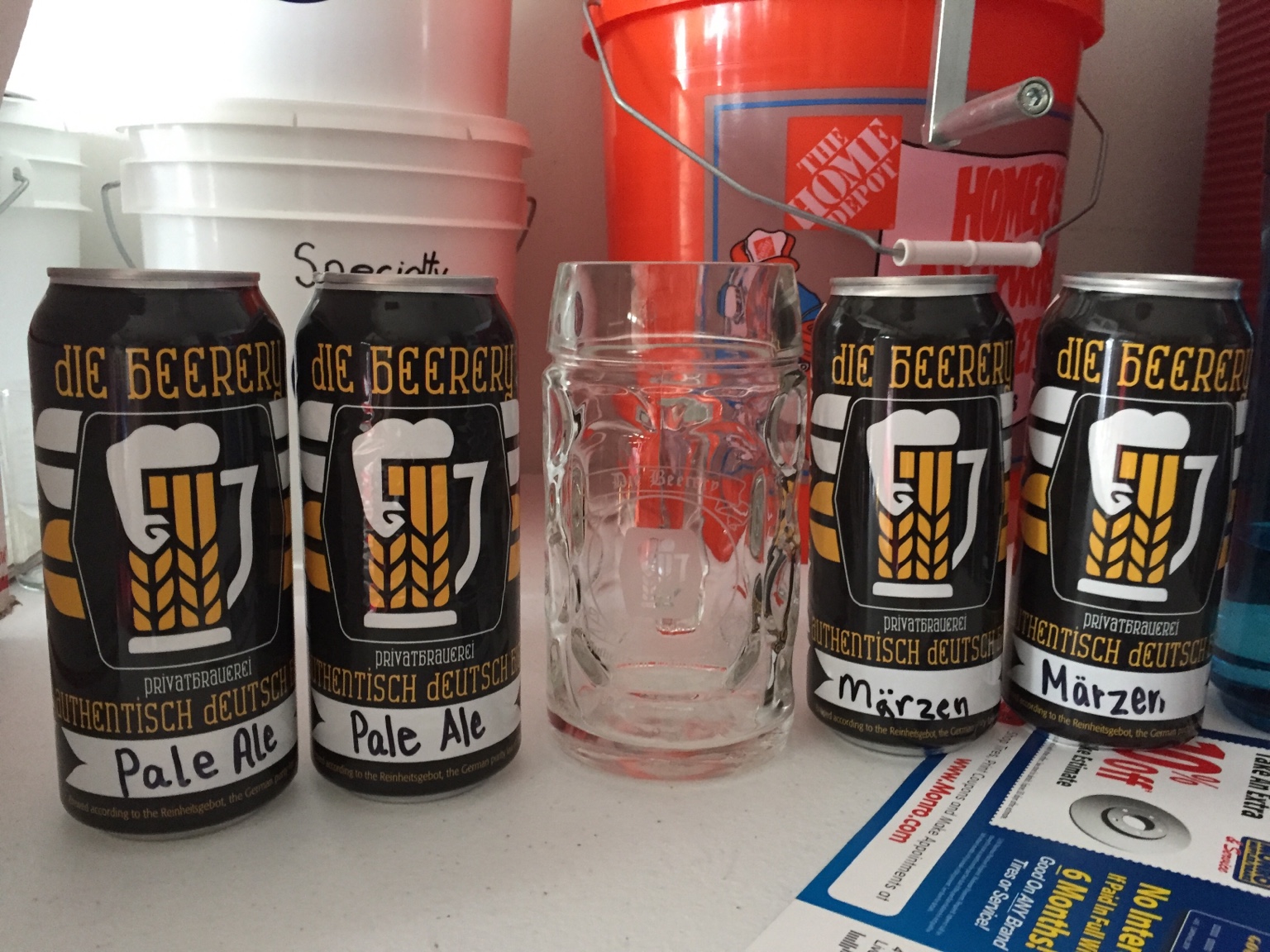jwalk4
Well-Known Member
Do you have a citation for this or is it something you determined using a dissolved oxygen meter?
I forget the article, but this info was pulled from a study in the 70's, I think. Studying pvc liners on 12oz bottles. I think they were twist offs.


A guy on a Reddit AMA claiming to be a brewing/food scientist that worked for a major brewery owned by AbImBev was quoted for the 7ppb/day figure that is used as the modern standard.
























































![Craft A Brew - Safale BE-256 Yeast - Fermentis - Belgian Ale Dry Yeast - For Belgian & Strong Ales - Ingredients for Home Brewing - Beer Making Supplies - [3 Pack]](https://m.media-amazon.com/images/I/51bcKEwQmWL._SL500_.jpg)





